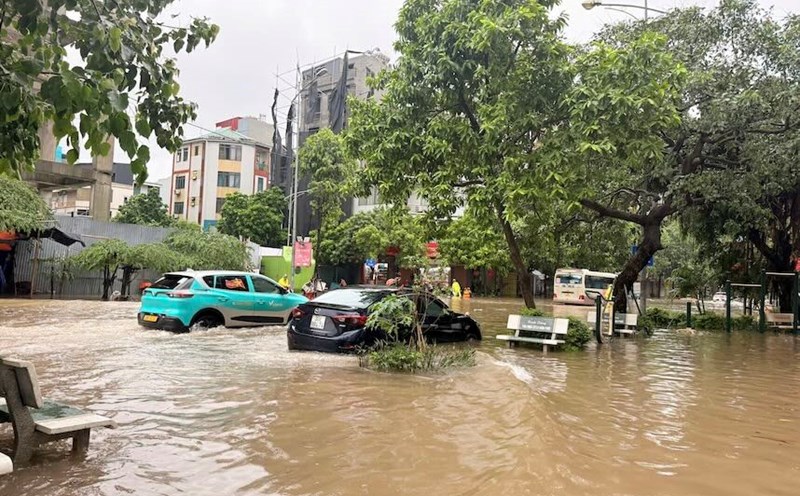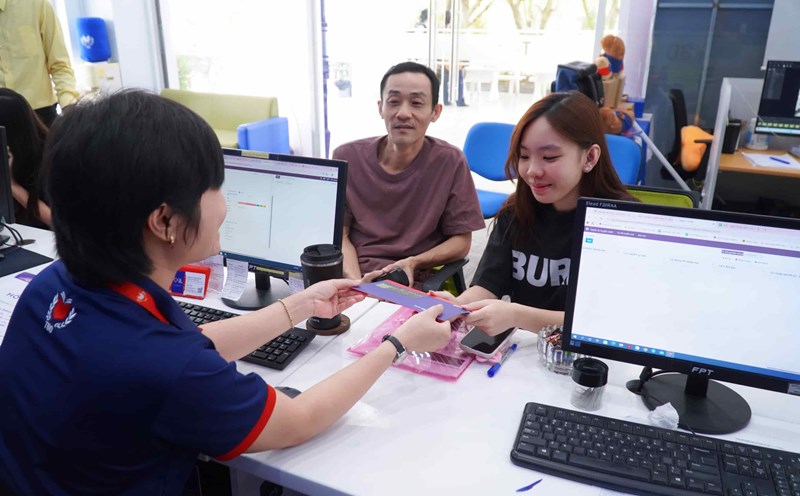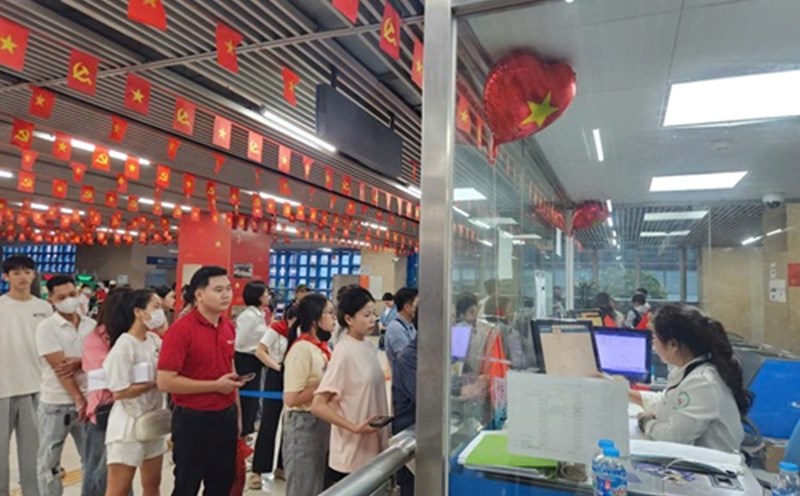Speaking to Lao Dong Newspaper on August 29, a representative of the Vietnam Automobile Manufacturers Association (VAMA) said that this is a "too strict" level, which could have a "very big" impact and change almost the entire current situation of the Vietnamese automobile industry".
Vietnam is aiming to reduce greenhouse gas emissions, and one of the important solutions is to tighten regulations on fuel consumption of cars.
According to the draft of the new National Technical Regulation, automobile assembly and importing manufacturers will have to comply with the average fuel consumption limit of all models sold (abbreviated as CAFC).
The ambitious goal is that by 2030, the average national fuel consumption of the passenger car fleet will reach 4.83 liters/100km.
However, this target is causing great concern from manufacturers. The Vietnam Automobile Manufacturers Association (VAMA) believes that this is a "too strict" level, which can have a "very large" impact and change almost the entire current situation of the Vietnamese automobile industry.
According to VAMA's research, with a target of 4.83 liters/100km by 2030, most traditional gasoline (ICE) models and even some hybrid vehicles (electric gasoline) on the Vietnamese market will not reach this limit. Specifically, 96% of traditional gasoline cars and 14% of current hybrid cars will not meet the standards.
In addition, in the period of 2026 - 2030, most VAMA members will not meet the average fuel consumption target for the whole enterprise in the first year and during the entire period of application of regulations despite taking into account the proactive efforts in converting product technology of the enterprise.
To meet the target of a fuel limit of 4.83L/100km, automakers will have to stop selling up to 97% of current traditional gasoline models.
Or, if they want to keep sales output unchanged, businesses must suddenly increase the output of electric vehicles (hybrid vehicles, fully charged hybrid vehicles, fully charged electric vehicles) by about 868% in a very short time (about 5 years).
VAMA believes that this rapid change is not feasible in the context of limited charging station infrastructure and power grid, along with consumers not being completely familiar with electric vehicles.
This will have a serious impact on the automobile industry, employment for workers, consumers and even state budget revenue.
Proposing to be more "harmonious" to limit the impact on the automobile industry and society but still achieve the goal of reducing CO2 emissions
Faced with the above challenges, VAMA has proposed a more flexible implementation roadmap, with the goal of the average fuel consumption of 6 liters/100km by 2030.
According to VAMA, with this roadmap, Vietnam can still achieve the target of reducing 15.66 million tons of CO2 emissions by 2030 as committed in NDC 2022. In addition, this scenario will limit the impact on the market compared to the scenario of 4.83 liters/100km.
If this roadmap is applied, automakers still need to make great efforts in converting product structure (reducing about 34% of gasoline-powered vehicle output and increasing at least 366% of electric vehicles), but it will be more feasible.











